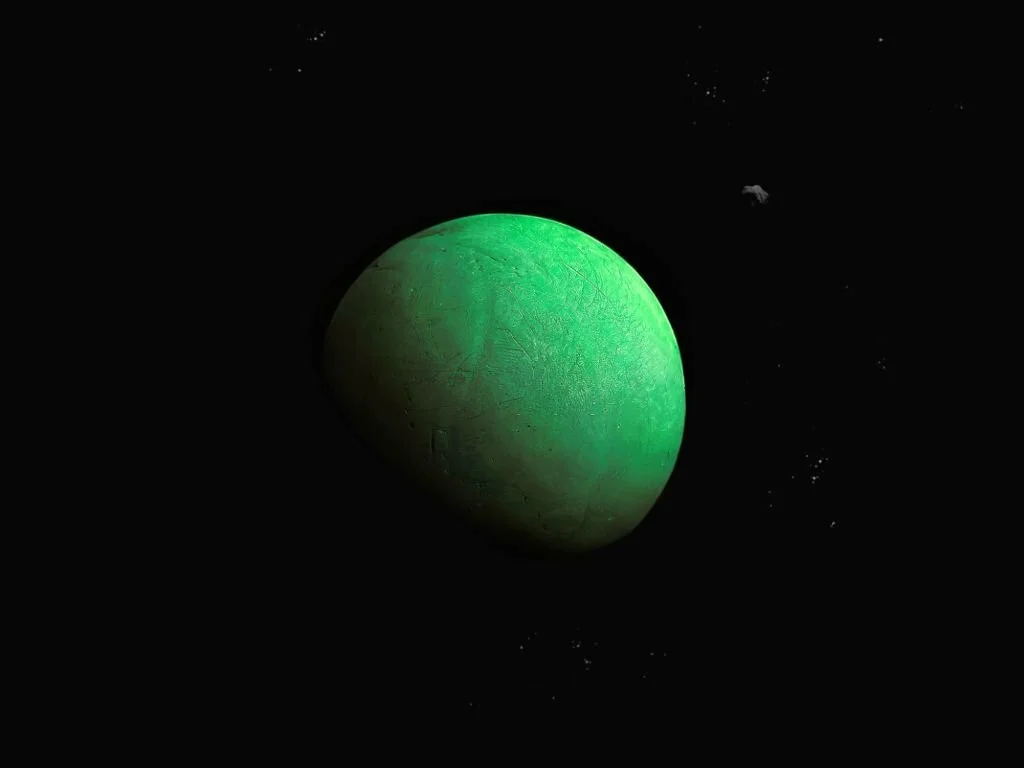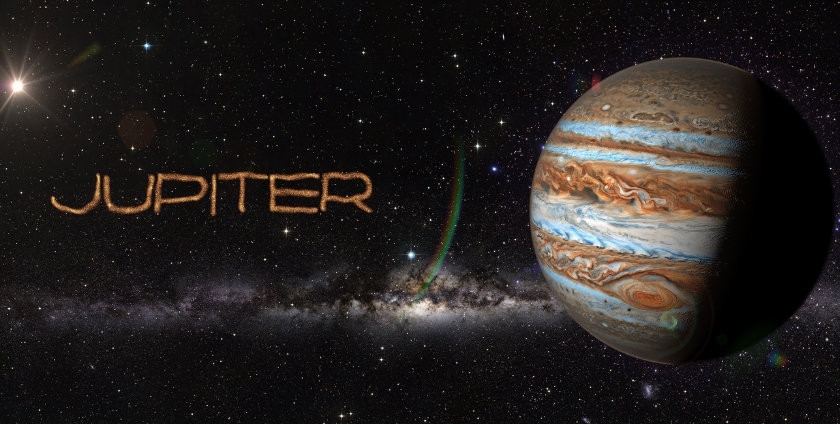Table of Contents
Embark on a celestial journey to uncover the eerie green light on Jupiter. This comprehensive guide unravels its origins, characteristics, and captivating phenomena.
Jupiter, the colossal giant of our solar system, ceaselessly astounds us with its enigmatic marvels. Among these cosmic enigmas, the eerie green light on Jupiter reigns supreme. This article is a voyage into the heart of this celestial riddle, unveiling its source, defining attributes, and the enthralling occurrences associated with it. Brace yourself for an extraordinary cosmic expedition.

Eerie Green Light on Jupiter: An Extraterrestrial Marvel
Often hailed as the “Monarch of Planets,” Jupiter boasts a plethora of captivating facets. Amidst these wonders, the eerie green light on Jupiter emerges as a celestial spectacle. What is the origin of this phenomenon, and from where does it derive its unique luminosity? Let us embark on an exploration News:
Unveiling the Phenomenon’s Genesis
The eerie green light on Jupiter is an intricate outcome of the planet’s atmospheric intricacies. Its primary source lies in the planet’s auroras, akin to Earth’s northern and southern lights. These celestial displays come to life when charged particles from the solar wind collide with Jupiter’s magnetic field, fashioning a breathtaking spectacle of light.
Distinctive Traits of Jupiter’s Auroras
Jupiter’s auroras are distinguished by several unique characteristics. In contrast to Earth’s predominantly green auroras, Jupiter’s exhibits a breathtaking spectrum of hues, with green reigning supreme. This extraordinary display results from the presence of gaseous elements in Jupiter’s atmosphere, notably hydrogen and helium.

Amazing read about Wyse Guide Recipes
Unraveling the Enigma
The eerie green light on Jupiter has left scientists and stargazers alike in a state of wonderment. Let us delve deeper into the intricacies that make this phenomenon so captivating:
The Fluctuating Nature of Jupiter’s Auroras
One of the most beguiling aspects of Jupiter’s auroras is their propensity to fluctuate. They can manifest and vanish unpredictably, posing a challenge to scientific inquiry. Researchers persist in observing and monitoring these auroras to gain a deeper understanding of their patterns and underlying causes.
The Enigmatic Polar Regions of Jupiter
The eerie green radiance is often sighted in proximity to Jupiter’s polar regions. This adjacency to the planet’s poles introduces an additional layer of mystery to the phenomenon. The distinctive magnetic and atmospheric conditions prevailing in these regions contribute to the creation of these mesmerizing light exhibitions.

Final Result
The eerie green light on Jupiter persists as a cosmic marvel that continues to captivate our imaginations. This celestial riddle, born of intricate interplays within the planet’s atmosphere, enhances the allure of Jupiter as a celestial behemoth. As scientists plumb the depths of its mysteries, we eagerly anticipate the revelation of more captivating secrets within our solar system.
Frequently Asked Questions (FAQs)
What is the cause of Jupiter’s eerie green light?
Jupiter’s eerie green light primarily originates from its auroras, resulting from the interaction between solar wind particles and Jupiter’s magnetic field.
Why is the color green so prominent in Jupiter’s auroras?
The prominence of green in Jupiter’s auroras arises from the composition of its atmosphere, with hydrogen and helium being the key contributors.
Can Jupiter’s auroras be seen from Earth?
Yes, Jupiter’s auroras are observable from Earth, particularly with the aid of powerful telescopes. They provide a captivating view of the otherworldly beauty of the planet.
How frequently do Jupiter’s auroras occur?
The frequency of Jupiter’s auroras varies, and they can materialize and dissipate unpredictably. Ongoing research endeavors aim to fathom their intricate patterns.
What instruments are employed to study Jupiter’s auroras?
Scientists employ various instruments and spacecraft, such as the Hubble Space Telescope and the Juno probe, to meticulously investigate Jupiter’s auroras.

